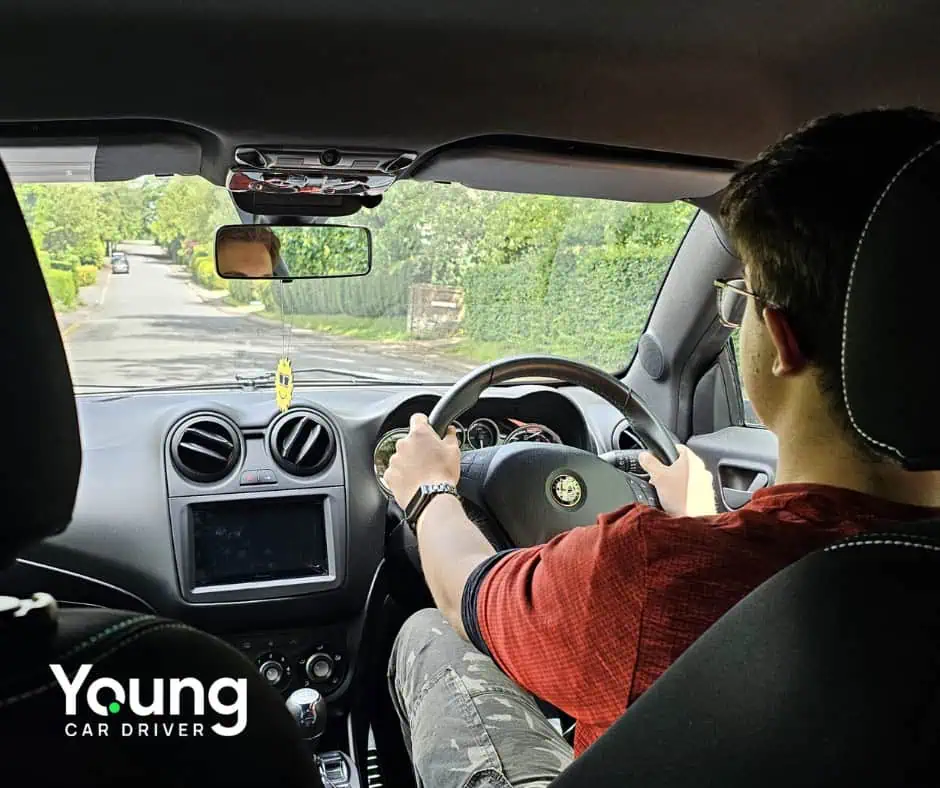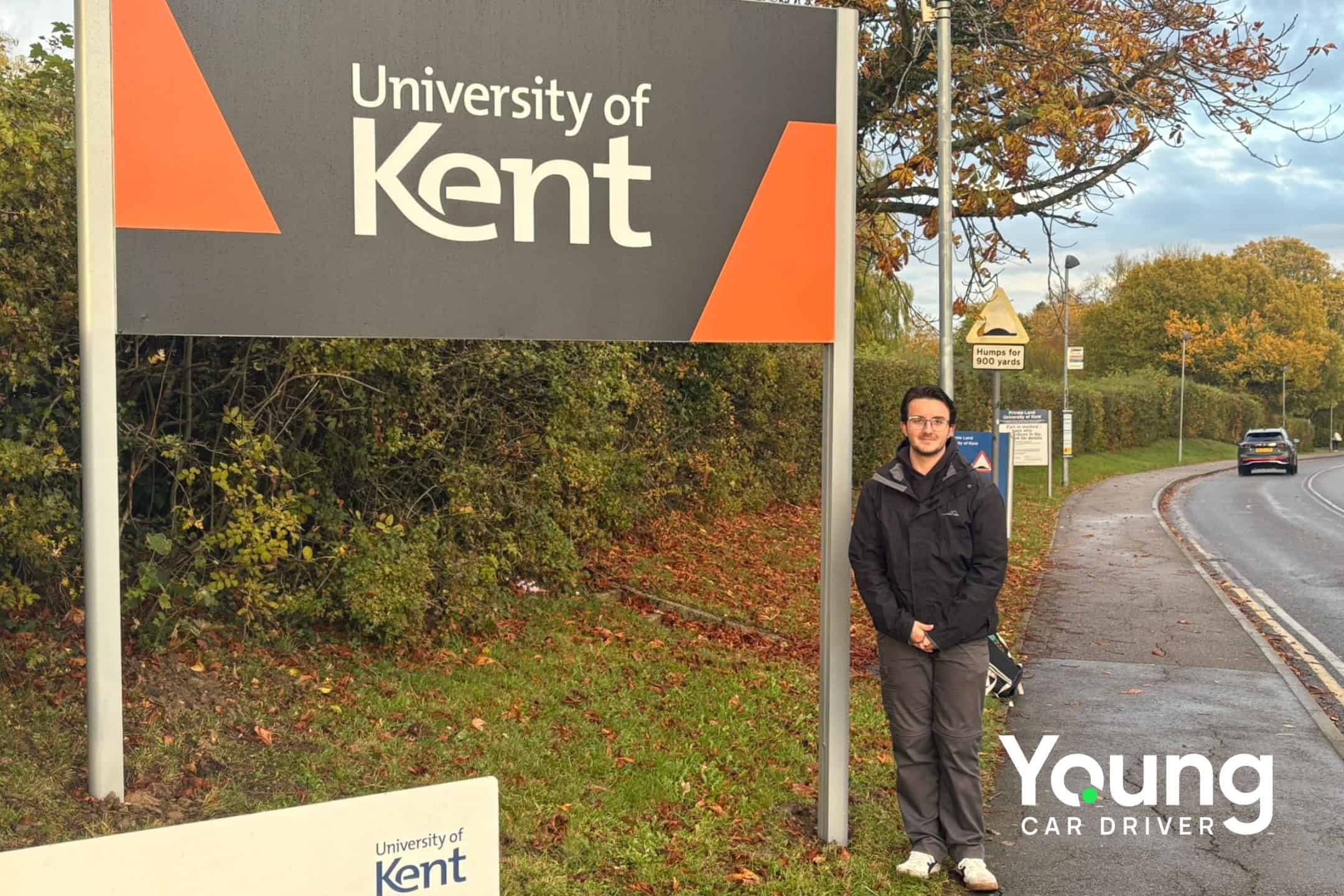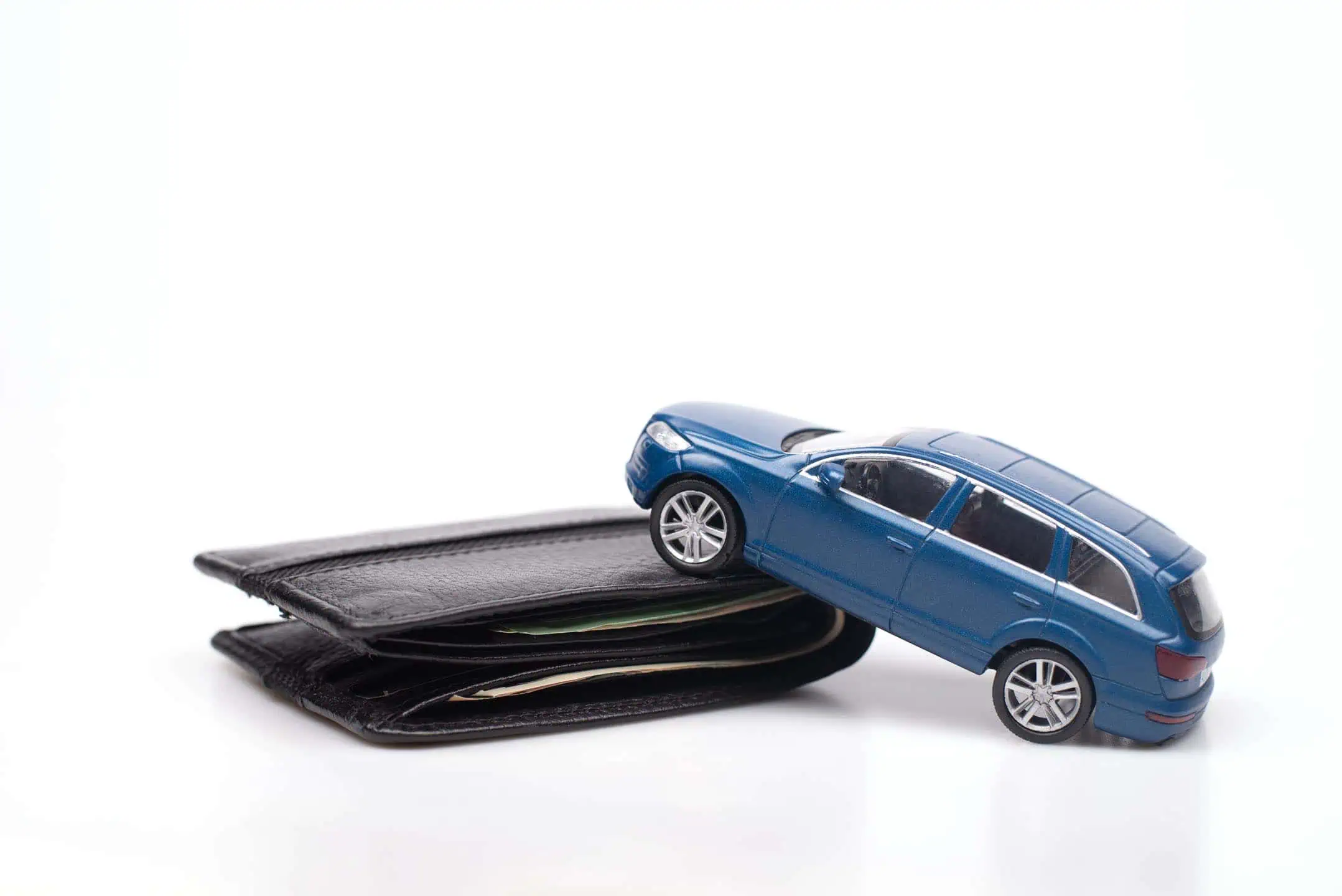As my driving test date gets closer, I’m starting to make some changes to how I approach my lessons and practice. One of the biggest adjustments I’ve decided on is to stop driving my own car regularly for now. Although it’s been great having my own set of wheels for extra practise, I’ll be taking my driving test in my instructor’s car, so it makes sense to focus on getting as comfortable as possible with that vehicle. I’ve also increased my lessons to two hours per week, which is giving me extra time to iron out any issues and build up my confidence.
Transitioning to My Instructor’s Car
Switching from driving my own car to solely using my instructor’s car feels like a smart move at this point. My car is great for extra practise, but my instructor’s car has a few differences—especially in how the clutch and brakes feel. These small details make a big difference when it comes to handling the car smoothly during the test, so the more time I spend getting used to these controls, the better.
By focusing solely on the car I’ll be using for the test, I can really hone in on my control skills, like clutch balance and braking, without having to adjust between two different cars. It’s all about reducing any unnecessary distractions and building familiarity with the car’s responsiveness and handling.
Increasing My Lessons: More Time to Focus
I’ve also bumped up my lesson time to two hours per week. This extra time allows me to dive deeper into areas that need improvement. During a standard one-hour session, it always feels like we’re just getting into the flow when the lesson ends. But with two hours a week, I’m able to cover more ground—literally and figuratively. We’ve been able to spend more time on tricky maneuvers, like parallel parking and reversing around corners, as well as long drives where I can practice things like road positioning and lane discipline.
The extended lesson time also gives me more space to practise the route planning and judgment skills I’ll need for the independent driving portion of the test. Whether it’s handling roundabouts, dealing with different speed limits, or reading road signs, I’m gaining a better sense of how to respond to various driving situations confidently.
Confidence and Doubts: The Rollercoaster
There are times when I feel really confident about my driving. I’ve had lessons where everything just clicks—I handle maneuvers smoothly, make quick decisions, and feel fully in control. These moments make me feel like I’m ready for the test right now. But then there are other times when doubts creep in, especially after a tricky session where I might stall the car or make a wrong decision in traffic. It’s frustrating when things don’t go as well as I’d like, and I start to second-guess myself.
But the encouragement from my family and instructor is what keeps me going. My instructor is great at giving feedback that’s constructive without being overly critical, and he always reminds me that mistakes are part of the learning process. My family has been really supportive too, constantly reminding me how far I’ve come and how close I am to the finish line. This support system is so important because it’s easy to get caught up in the stress and pressure of the upcoming test.
Staying Positive
With the test date on the horizon, I’m focusing on staying positive and not letting nerves take over. I’ve realised that no matter how much practice I get, I’m never going to feel “perfectly” ready, and that’s ok. What’s more important is that I’m consistently improving and gaining more confidence each time I drive.
In these final weeks preparing for my driving test, it’s crucial to maintain a balanced mindset. I know I have the skills; now, it’s all about staying calm, focusing, and trusting myself to perform well when the big day arrives.




